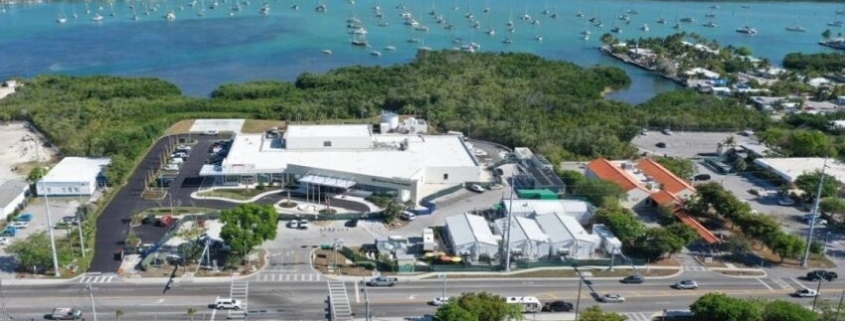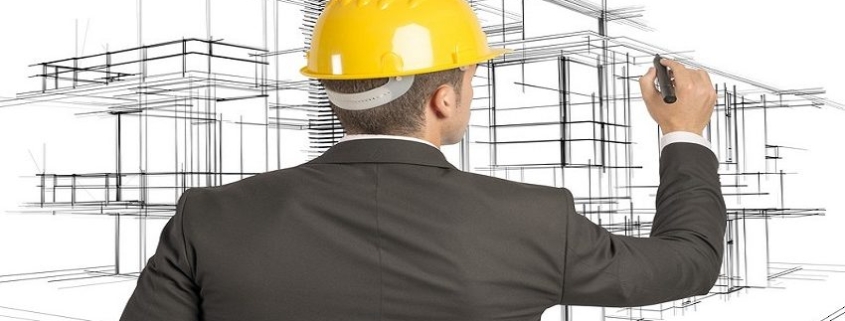South Florida Is Changing, And So Is Healthcare Construction
As people flock to South Florida, demand is rising for new construction in housing, transportation and healthcare.
But in the face of supply chain challenges, escalating prices and a tight labor market, experts in the field believe the success of new projects hinges more than ever on timely decisions and collaboration.
“There’s been a 180-degree shift over the past few years,” says Operations Manager Johnathan Peavy at Robins & Morton’s Miami office. “In the early days of the pandemic, supplies, material and even labor were readily available. We anticipated some supply chain issues due to the pandemic, but no one anticipated the ‘Texas Freeze,‘ which compounded the supply chain woes. Along with secondary shutdowns to heavy manufacturing markets, these have created a title wave of supply chain issues.”
Staggered factory shutdowns have left lingering backlogs of construction supplies, from electrical components to building materials. The problems are compounded by the ongoing supply chain issues and a very tight construction labor market, with cost escalations increasing budget volatility.
At Robins & Morton, supporting clients in a changing market is a top priority – and that process starts on day one with a commitment to transparency and collaboration.
“We want to be available to help every step of the way; not only in building, but in budgeting, scheduling, procurement and approval,” says Peavy. “Making smart choices about which materials to use and when to order them. Or helping the client plan for volatility in the market – for example, carrying over a percentage of the budget each month to be ready for inflation or price hikes.”
The firm’s collaborative approach serves as an essential strategy when the company faces uniquely challenging projects – such as rebuilding Baptist Health Fishermen’s Community Hospital in Marathon. That same strong communication is key to overcoming market challenges at Robins & Morton’s projects across South Florida, including Jupiter Medical Center’s Surgical Institute Expansion, BHSF Boca Raton Regional Hospital and University of Miami Health System.
“There’s no one-size-fits-all solution,” adds Senior Project Manager Edwige Clark. “It’s about looking at the data you have and trying to spot risks and potential pitfalls before they happen – but the more you can communicate, the more effective all parties can be. We’re navigating this together.”
Those close partnerships help futureproof healthcare facilities. Often, that starts with designs that can significantly reduce the environmental footprint and utility costs. For tropical and coastal environments like South Florida, structures need to withstand humid environments, heavy winds, and potential flooding, and hospitals must remain operational to serve patients during hurricanes or other natural disasters.
“At the end of the day, we’re doing more than meeting parameters. We’re building for people: for healthcare workers, for expecting parents, for folks recovering from illness or injury,” says Clark. “When the construction is finished; it’s in the choices we made that will impact those people for a long time.”
As flexibility in work and transportation allows people to move “where they want to live” and not only “where they need to live,” South Florida is a key destination. An influx of new residents will fuel growth and new developments, which will include healthcare facilities to serve the growing population.
“If so, South Florida will be ready,” says Peavy. “Over the next three to five years, it’s likely the region will continue to grow – and with it, the cycle of new construction. But we’re rising to meet that demand with strong partnerships, new talent and strategies that will help our clients adapt in the years ahead.”
Source: South Florida Hospital News




